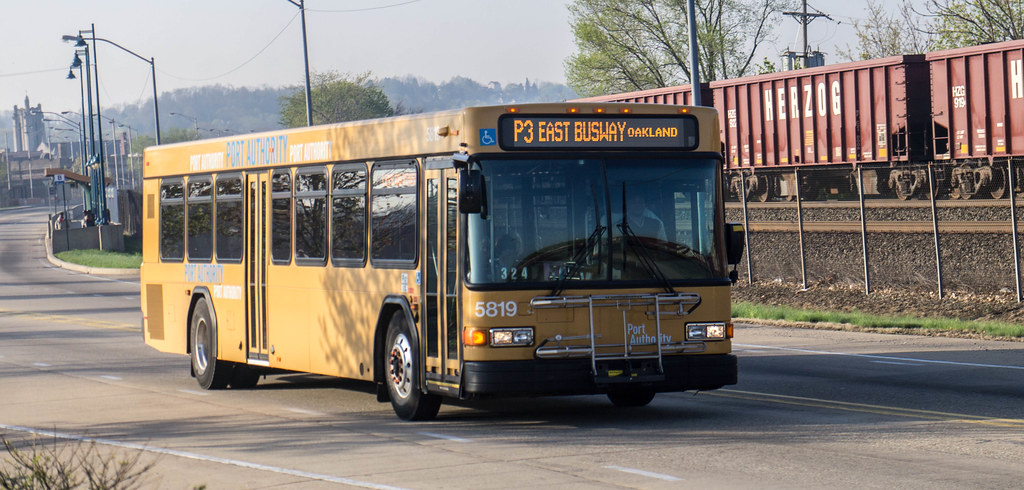
Pittsburgh’s bus rapid transit (BRT) University Line project continues, with transit-only travel lanes and street improvements planned between Oakland and Downtown, involving the 61A, 61B, 61D, 71B, and P3 lines.
The Tartan spoke with Amy Silbermann, the chief development officer at Pittsburgh Regional Transit (PRT) and a Carnegie Mellon alum (MSPPM ’13). Silbermann oversees four departments: the scheduling department, which is “involved in scheduling of the BRT routes,” the amenities department, “which oversees stops and shelters,” the planning department, “which oversaw the early phases of the project,” and the engineering department, “which is overseeing the design and construction” of the BRT project.
Construction on the project began in Downtown in Sept. 2023. According to Silbermann, construction is expected to begin in Uptown and Oakland in 2025 and will take about two years. Silbermann said that for this second phase of the project, PRT is “getting ready to advance that construction package publicly and to select a contractor to do that work.”
Carnegie Mellon will have BRT station pairs where Forbes intersects with Margaret Morrison Street and Morewood Avenue, and there will also be a station pair at Forbes Avenue and Craig Street just off campus. Silbermann said that these bus shelters will have “benches, signage, maps, security buttons in case of any incidents, bike racks, trash receptacles, and ticket vending machines.”
The city is getting 15 electric buses this year in relation to the project.
Silbermann said that PRT launched a “formal alternatives analysis and feasibility study” for the project around 2012 and began working on getting National Environmental Policy Act funding around 2015.
In 2013, Silbermann received her master’s of public policy at Heinz College. She did her capstone project with the Port Authority of Allegheny County, using data analysis and GIS on data from the new automatic passenger counters on the buses. Afterwards, she stayed on and joined the BRT project in 2016.
Silbermann said that “one of the unique challenges with this corridor is how intensively the streets are already being used, as opposed to a bus rapid transit corridor on a six-lane highway where we could take a bus lane on both sides of the street and not have much impact on traffic.”
Pittsburgh has narrow streets and sidewalks, which in general improve the quality of life, making the city feel more dense and lively. However, it is difficult to build anything new on narrow streets; it can displace traffic and block the sidewalk.
The City of Pittsburgh and PennDOT — not PRT — own the streets. Silbermann said that is “another key challenge … [the owners of the streets] can approve or deny our designs as they meet or don’t meet their needs.”
Silbermann said that coordination is the most difficult part of the PRT project, which “involves almost all of downtown Pittsburgh and almost all of Oakland and so we have large institutions with lots of stakeholders, lots of communities, lots of universities,” all of whom need to be kept informed. This is the job of Melissa Rubin, communications manager at PRT, who discussed the detailed newsletters PRT sends out to keep stakeholders (like Carnegie Mellon) up to date.
Silbermann said that this project is also difficult to fund.
The project gets about 50 percent of its funding from the federal Small Starts program. Federal funding can be used “to cover up to 80 percent of a project, so we have been cobbling together other funding of this project for a number of years,” Silbermann said. Last June, the project received their $149 million grant aid from the federal government.
The project also receives funding from the City of Pittsburgh and Allegheny County.
Silbermann said that in the long term, PRT plans to invest in “up 17 additional corridors around Allegheny County,” some of which could end up being “more of a sort of BRT-lite … that’s more focused on bus stop safety and accessibility as opposed to traffic and bus lanes.”






Leave a Reply